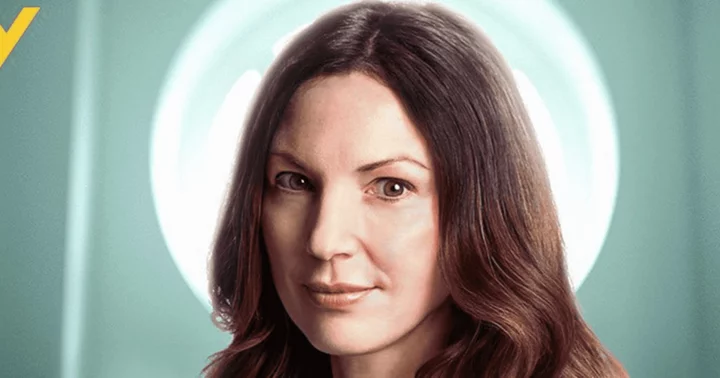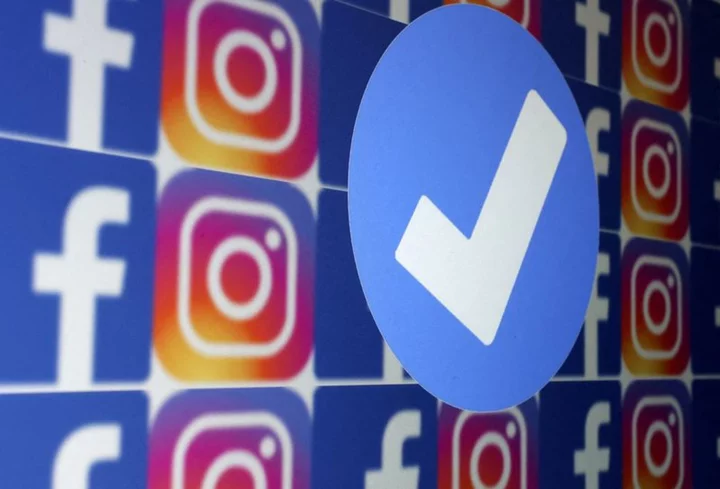Every year, thousands of us pursue an elusive, sun-kissed glow. With bronzed skin so often billed as a marker of good health, it’s no wonder the global self-tanning products market is expected to grow to $1.58 billion by 2029. No longer the stuff of streaky orange nightmares, self-tan has come a long way; tanning waters provide a seamless finish and bronzing drops add a subtle radiance to your face. Despite these new and innovative formulas, some people still turn to tanning beds to achieve tanned skin.
The first commercial tanning bed is said to have been introduced into beauty salons in the 1970s. Today, there are 57,283 tanning salons in the US, according to market research database Ibis World, and approximately 7.8 million adults in the US engage in indoor tanning. A survey by Melanoma Focus found that 28% of British people have used sunbeds, and in the UK, there are around 3,000 to 5,000 tanning shops as reported by Active Salon, a company that provides software for tanning businesses.
The ultraviolet (UV) radiation emitted by sunbeds combines mainly UVA (which causes the skin to tan and is associated with premature aging and mutations that can lead to skin cancer) with smaller doses of UVB (responsible for causing sunburn). The NHS reports that sunbeds discharge greater doses of UV rays than the tropical midday sun, and though many people enjoy the physical results of a perceived "healthy" tan, the irony is that it’s actually a sign of skin damage. What’s more, tanning beds carry serious health risks.
Cancer Research UK reports that there are around 2,300 melanoma skin cancer deaths in the UK every year. In the US, 7,990 people are expected to die of melanoma in 2023, according to the American Cancer Society. The International Agency for Research on Cancer has identified artificial ultraviolet (UV) radiation as a class 1 carcinogen. Using a tanning bed can increase the risk of melanoma by up to 20%. The fact that so many people still use artificial tanning devices in spite of the dicey prospects is a cause for concern among doctors and dermatologists. And young people are most at risk, says the NHS, which reports that people who are frequently exposed to UV rays before age 25 have a greater chance of developing skin cancer later in life. In fact, the Skin Cancer Foundation states that just one indoor tanning session before age 35 increases your risk of developing life-threatening melanoma by 75%.
It isn't just a bronzed glow that people want from tanning beds. If you have acne or psoriasis, or suffer from a vitamin D deficiency, you may have come across information (most likely unregulated) that lists tanning bed use as an appropriate solution — but the experts argue differently. "There are no health benefits to using sunbeds at home or in a tanning salon," explains consultant dermatologist Justine Kluk. "Vitamin D can be obtained through diet or supplementation so this argument doesn’t stand up."
Dr. Kluk reports that most dermatologists will see patients in their clinics who have developed skin cancer or premature skin aging as a direct effect of using tanning beds. The serious skin cancer risk is why it’s paramount to keep a close eye on any moles you have on your body. "Concern arises when any new or existing mole increases in size or changes in shape or color, particularly if darker colors start to appear," says Dr. Kluk. "Persistent itching or bleeding from a mole are also indicators that an urgent visit to the doctor or dermatologist is needed." Dr. Kluk believes that tanning beds should be outlawed, as does Refinery29. Please sign our petition, if you're moved by reading these stats and stories.
Many of us have a complicated relationship with tanning beds and despite the well-documented hazards, countless people still choose to use them. Ahead, Refinery29 asks five current tanning bed users and reformed tanners to reveal exactly how they feel about them. (It’s worth noting as you read: a "base tan" is sun damage, plain and simple.)
This story was originally published on Refinery29UK.









